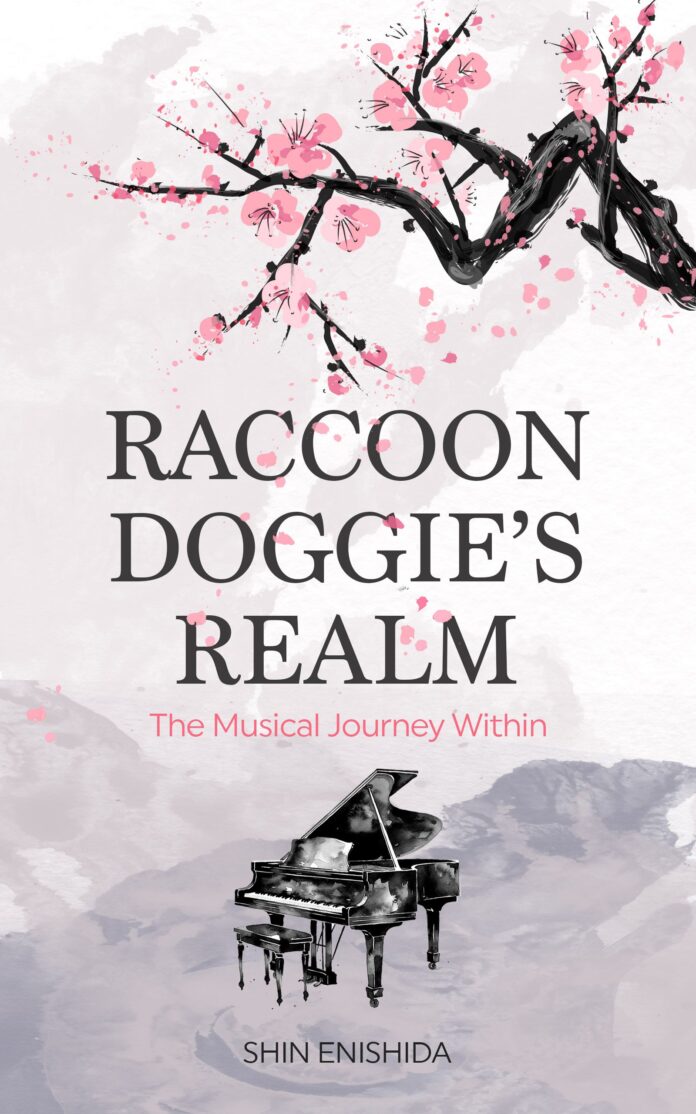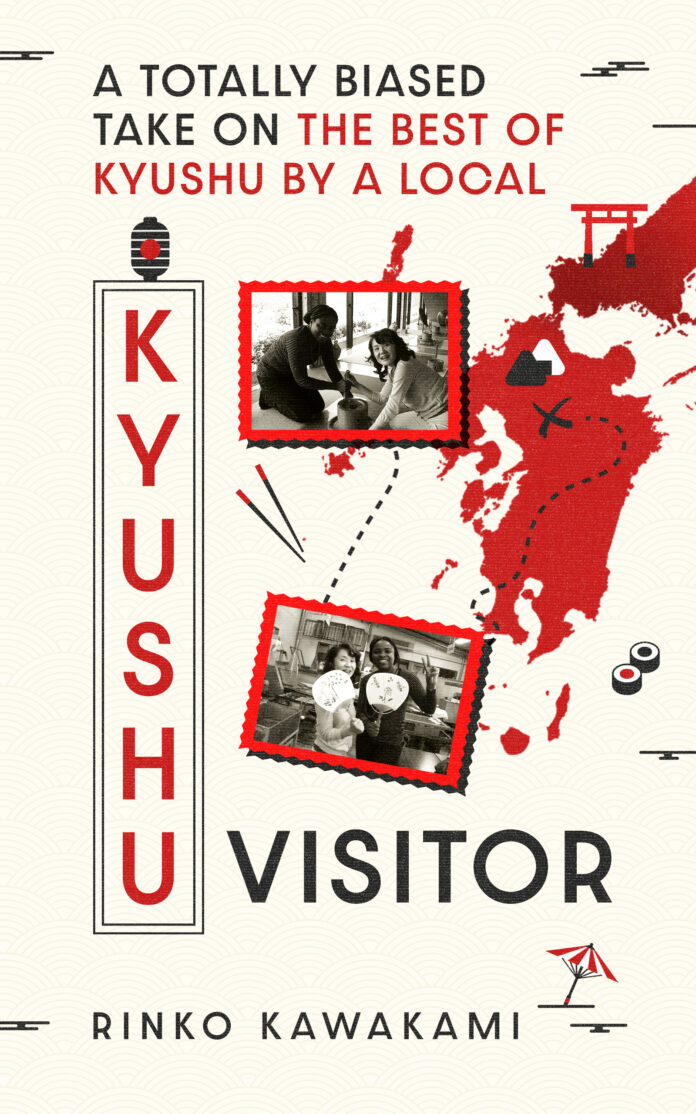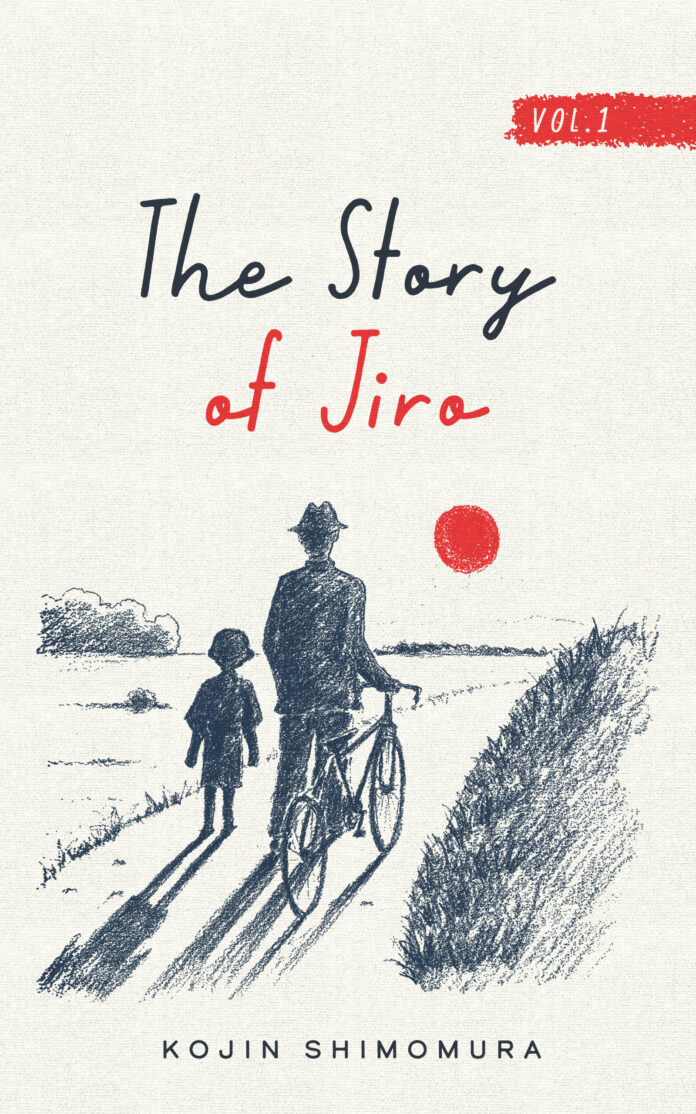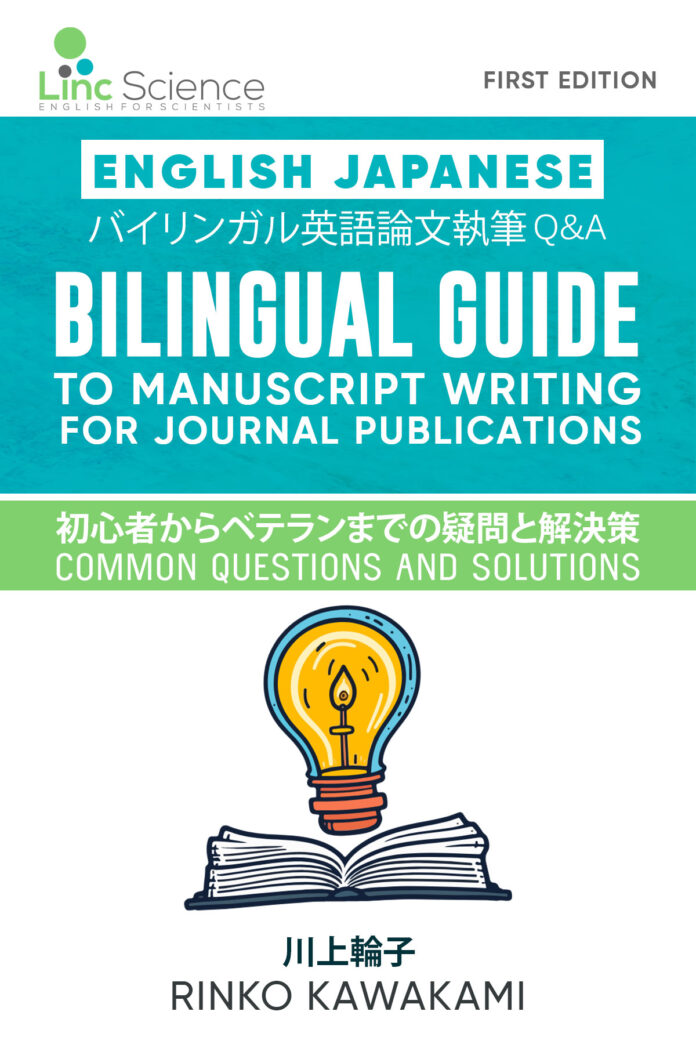Experience the Flavor Unfolding in Four Stages
Did your tea taste too good to throw away? Then, why not eat your leftover tea leaves with vinegar and soy sauce? That is exactly what the Hoshino Tea Museum in Fukuoka suggests you do after you have enjoyed the delicate taste of Shizuku-cha®Gyokuro “Dew Drop” Tea.
This tea develops in four stages, as water of different temperatures is added after each sip. Shizuku-cha® (しずく茶) is a special method of drinking Gyokuro (玉露-fine green tea) that is a registered trademark product of the Hoshino Tea Museum. This is a tea drinking experience like no other – you must try it if you visit Fukuoka.
Eye-opening Experience Even for The Japanese Who Grew Up Drinking Tea
I was born in Japan and grew up drinking quality Japanese tea throughout my life, but drinking Shizuku-cha® Gyokuro “Dew Drop” Tea was an eye-opening experience. So, imagine how transformative an experience this will be for non-Japanese people.
What Leftover Fine Gyokuro Tea Leaves Taste Like
To start with, I was amazed by the mild and sweet, yet full-bodied flavor that filled my mouth in the first stage, when the first draw of water (heated to 45°C or 113°F) was added.
In the second and third stages, when water heated to 60°C (140°F) was added, I noticed this full-bodied flavor develop and deepen into a somewhat smoother, refreshing taste with an aroma of umami (pleasant, savory taste).
In the fourth and final stage, when the cup was filled with 80°C (176°F) water, I enjoyed a lighter taste.
Finally, when the waiter hurriedly poured vinegar and soy sauce into my cup and told me to eat the leaves with a little fork, I was completely blown away.
I ate the tea leaves just like salad, and they were deliciously bittersweet. The tea leaves tasted somewhat like fine baby spinach, but not exactly. You must try it for yourself to know exactly what fine Gyokuro tea leaves truly taste like.
The Harmony of Taste that Ends with the Big “BANG” of the Tea-Leaf-Eating Experience
This gourmet tea drinking and eating experience is so unique that it is difficult to compare to anything, and it is even harder to describe in words. The best comparison I can give you is that the whole experience is like listening to an exquisite musical performance.
You will enjoy a here and now harmony of taste and aroma that starts in piano, crescendos into forte, becomes pianissimo and ends with the big “bang” of the tea-leaf-eating experience. After trying Gyokuro “Dew Drop” Tea, you are likely to say, “I’ve had something that was called green tea before, but I don’t think I have ever really tasted green tea until this moment!”
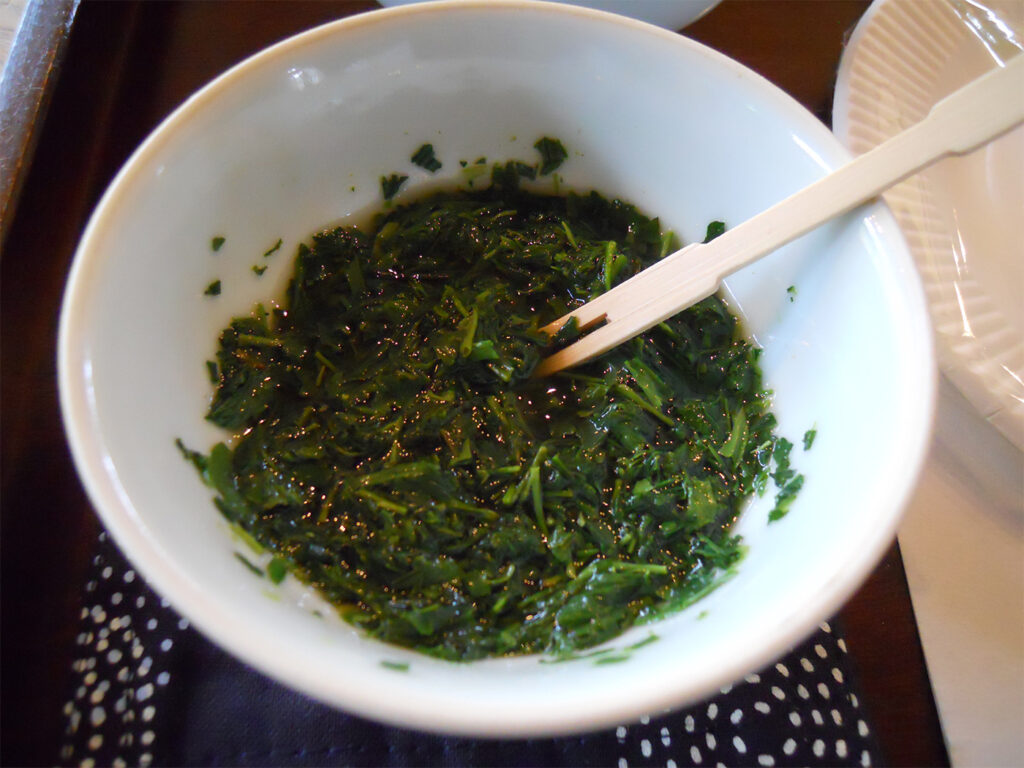
The unexpected delight of enjoying leftover Gyokuro tea leaves—eaten with vinegar and soy sauce for a unique, savory experience.
The Health Benefits of Dew Drop Tea
What’s more, this experience is not only pleasurable, but it is also very good for you. Gyokuro tea leaves are rich in fiber as well as in Vitamin C and Catechin, which help prevent various unwanted health outcomes such as the common cold, high blood pressure, arteriosclerosis or even cancer. Theanine, a constituent responsible for sweetness and umami is said to increase alpha waves in your brain to help you relax. Finally, fluorine prevents tooth decay.
How Dew Drop Tea Was Born
After hearing all these wonderful benefits of Gyokuro tea leaves, you probably would not object to the idea of eating tea leaves. But you might be asking, “How did anyone come up with this mind-boggling idea in the first place?” Well, it all started with the visit of a local gourmet scholar shortly after the grand opening of the museum in 1994.
Back then, the museum was experimenting with various ways to present the flavor of the best Gyokuro from the village and found this special serving method practiced by the tea school called Kofu Sencha Reishiki (皇風煎茶禮式) in Kyoto.
In this special method, one enjoys tea in dribs and drabs by sipping the tea drop that comes out from a small opening between the lid and the tea cup when the lid is slightly slanted. It is worth mentioning that the teacup and lid used for Gyokuro “Dew Drop” Tea is also unique. It is called Kaiwan (蓋碗), and it is usually not used for serving Japanese tea.
This teacup originated in China and was brought to Japan sometime after 1600. When the museum representatives first experimented with this Gyokuro serving method using Kaiwan, they were captivated by the way the delicate flavor of Hoshino Gyokuro developed throughout the four stages and decided to adopt it right away.
Eating Tea Leaves with Vinegar and Soy Sauce Enhances the Flavor
When this serving method was first introduced at the Hoshino Tea Museum, it was simply called Susuri-cha (すすり茶) or “Sip” tea, and the tea leaves were thrown away after each round of brewing. However, after being highly impressed by this extraordinary experience, the local gourmet scholar exclaimed, “Tea this good deserves a better name!”
She also suggested eating the tea leaves with vinegar and soy sauce. Since then, this special method of drinking and eating Hoshino Gyokuro has been called Shizuku-cha® (しずく茶) or “Dew Drop” Tea and became the registered trademark product of the Hoshino Tea Museum in 1998.
At the heart of the museum lies the Tea Tasting Hall, where you can sample a variety of teas, including Matcha and Japanese black tea. But if you try just one, let it be the Gyokuro “Dew Drop” Tea—a specialty you won’t easily find elsewhere. While Matcha and black tea are widely available, this exquisite tea is unique to Hoshino. Take a local’s word for it. You will be glad you did.
Hoshino Tea Museum (Hoshino Village, Yame City, Fukuoka)
- Address: 10816-5 Hoshino-mura, Yame City, Fukuoka 834-0201, Japan
- Hours: 10:00 AM – 5:00 PM
- Closed: Tuesdays (Open on public holidays, during May, and summer vacation periods)
- Admission: Free
- Parking: 30 cars
- Phone: +81-943-52-3003 (Available 9:00 AM – 5:00 PM)
- Website: https://www.hoshinofurusato.jp/tea/
Menu (Prices subject to change. Please check with the museum for the latest information.)
- Premium Shizuku-cha – from ¥900
(Made with Yame’s traditional Dento Hon Gyokuro, a certified Geographical Indication product) - Shizuku-cha – from ¥600
- Matcha Set – ¥700
- Japanese Black Tea (Wakoucha) – ¥450
- Green Tea (Sweetened) – ¥360




